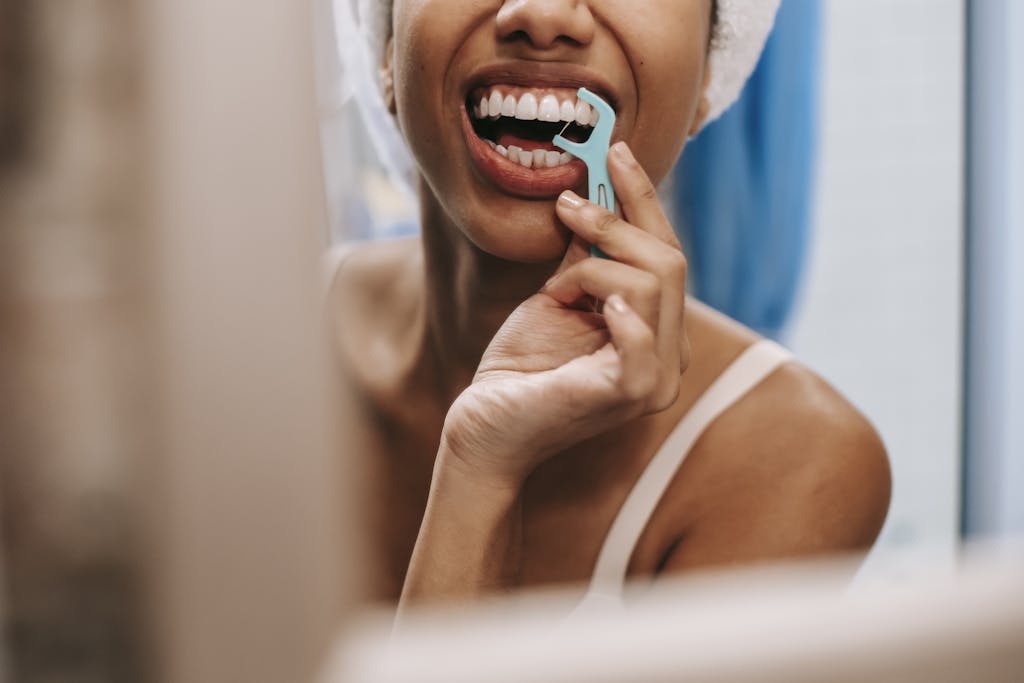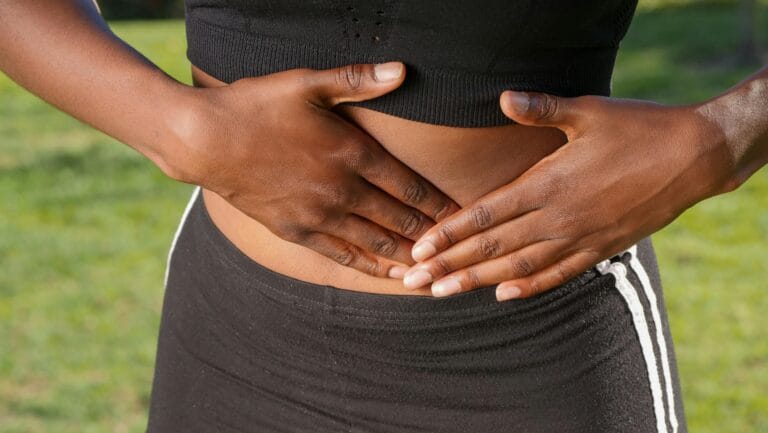FREE SHIPPING OVER $50
Dentists Hate This: 8 Flossing Secrets They’ll Never Tell You (Number 5 Is Gross)
You’ve been flossing for years, but your gums still bleed, your breath smells like a dumpster, and your dentist keeps side-eyeing your “hygiene routine.” What’s the deal? Turns out, there’s a lot your dentist isn’t telling you. From gross truths about your floss to industry secrets that’ll save your teeth (and wallet), here’s what Big Dental doesn’t want you to know.

1. Flossing Before Brushing? You’re Doing It Backward
Dentists preach “brush and floss,” but they rarely clarify the order. A study found flossing before brushing removes more plaque. Why? Flossing first dislodges food and bacteria, letting fluoride from toothpaste penetrate between teeth.
Secret Hack: Use a fluoride toothpaste after flossing. Let it sit for 30 seconds before rinsing to maximize protection.
2. Your Floss is Probably Lying to You (Here’s Why)
“Expanded PTFE” floss (like Glide) slips easily but can leave plastic residue between teeth. A study found PTFE floss sheds microplastics linked to gum inflammation.
Secret Hack: Switch to silk or bamboo floss. They’re biodegradable, gentler on gums, and just as effective.
3. Mouthwash After Flossing? You’re Wasting Money
Rinsing with mouthwash post-flossing washes away the plaque and bacteria you just worked to remove. The American Dental Association (ADA) confirms that mouthwash should be used before flossing to loosen debris.
Secret Hack: Swish with an alcohol-free mouthwash first, then floss to “collect” the dislodged gunk.
4. The “Snap” Method is Shredding Your Gums
Jamming floss between teeth with a harsh snap creates microtears in gums, inviting bacteria. A report linked aggressive flossing to higher gum recession rates.
Secret Hack: Use a sawing motion gently to guide floss between teeth. No yanking!
5. Your Floss Smells Like Death? That’s Not Normal (Gross, But Vital)
If your floss reeks after use, it’s not just “food particles.” Foul odors signal anaerobic bacteria thriving in gum pockets, which produce sulfur compounds (the same chemicals in rotten eggs). Left unchecked, this leads to periodontitis.
Secret Hack: Smelly floss? Try a chlorhexidine rinse (prescription) or hydrogen peroxide diluted 1:1 with water to nuke odor-causing bacteria.
6. Waxed vs. Unwaxed Floss: One Actually Causes Cavities
Unwaxed floss frays and leaves fibers trapped between teeth. These fibers trap sugar and carbs, feeding cavity-causing streptococcus mutans. The ADA recommends waxed floss for smoother, residue-free cleaning.
Secret Hack: Run floss under water to reduce friction if waxed floss feels too “sticky.”
7. You Only Need 12 Inches of Floss (The Rest is Marketing)
Floss companies tell you to use 18–24 inches to sell more product. The ADA confirms 12 inches is enough to use fresh segments for each tooth without waste.
Secret Hack: Wrap floss around your middle fingers, leaving 1–2 inches to work with. Adjust as needed.
8. Floss Picks Are Worse Than Useless (Here’s the Scam)
Floss picks can’t curve into a “C-shape” around teeth, missing some plaque. Worse, reusing the same pick transfers bacteria from one tooth to another.
Secret Hack: Use a water flosser with traditional floss. The combo removes 99% of plaque, per the Journal of Clinical Dentistry.
Why Dentists Keep Quiet About These Secrets
- Profit Over Prevention: Dentists make 50–50–300 per filling. Preventing cavities via proper flossing cuts into their revenue.
- Loyalty to Brands: Many dentists get kickbacks for recommending specific floss/mouthwash brands (even inferior ones).
- Time Constraints: Explaining nuanced flossing techniques takes time—most appointments are only 15–20 minutes.
3 Quick Fixes to Upgrade Your Flossing Game Tonight
- Try the “Two-Finger Rule”: Only your index fingers and thumbs should touch the floss. This improves control and reduces gum damage.
- Floss in Daylight: Use a well-lit mirror to see plaque buildup. You’ll spot trouble zones (like back molars) you’ve been ignoring.
- Track Your Bleeding: Note which gums bleed most. Consistent bleeding in the same spot = early gingivitis. Target those areas with antimicrobial gel.
Conclusion
Flossing isn’t optional—it’s survival. Use these secrets to outsmart the system, save your smile, and finally get a thumbs-up from your dentist. And hey, maybe buy stock in bamboo floss while you’re at it.
Related Articles
- Is Teeth Whitening Ruining Your Smile? The Truth You Need to Know
- Dentists Reveal: Is an Electric Toothbrush Really Better—Or Just Hype?
- I Asked 5 Cosmetic Dentists Which Toothpastes Work Best for Whitening—Did Yours Make the List?
- How Your Oral Health Changes as You Age and What to Do to Stay Healthy
- 8 Proven Ways to Straighten Your Teeth Without Braces (Dentists Swear by #3)



